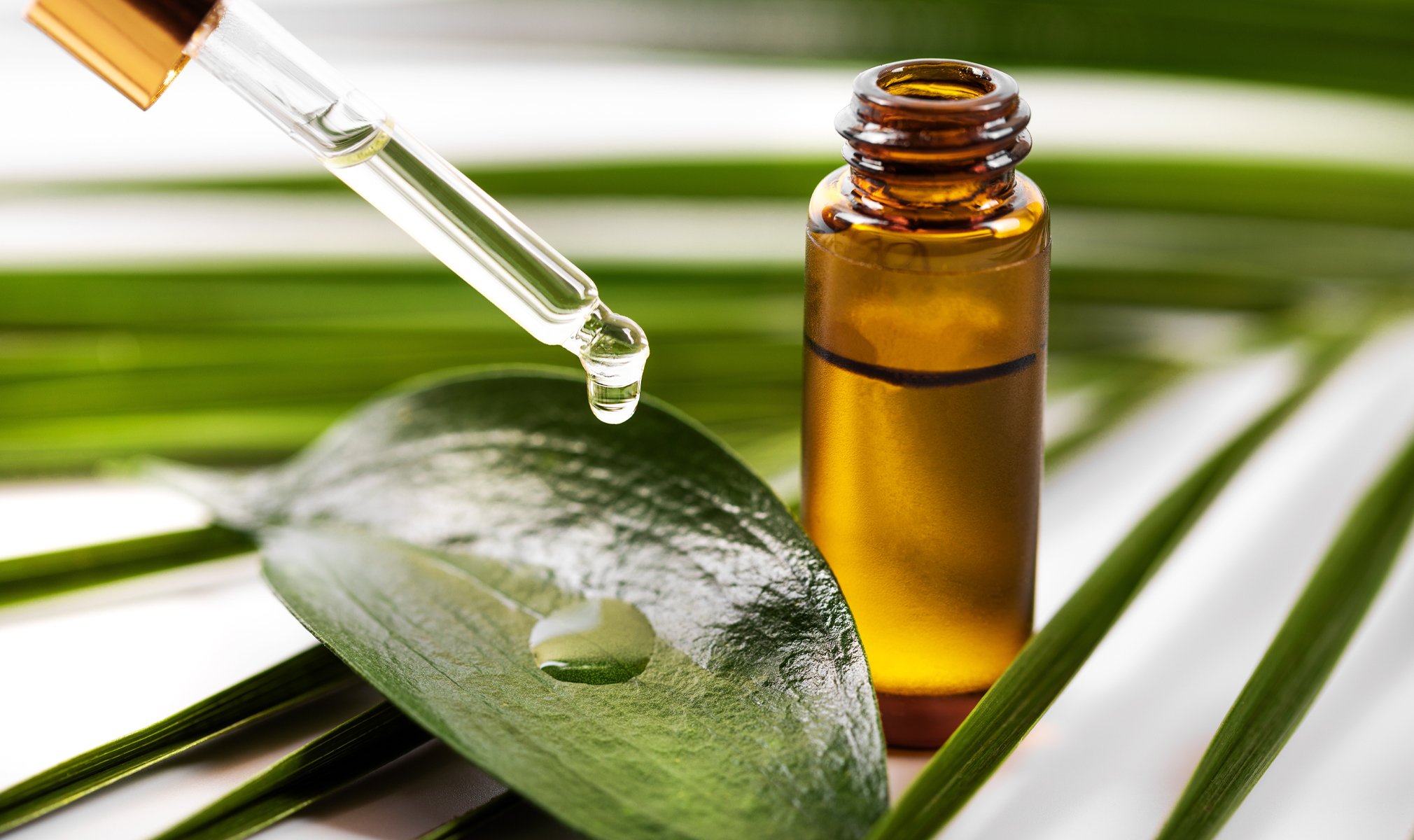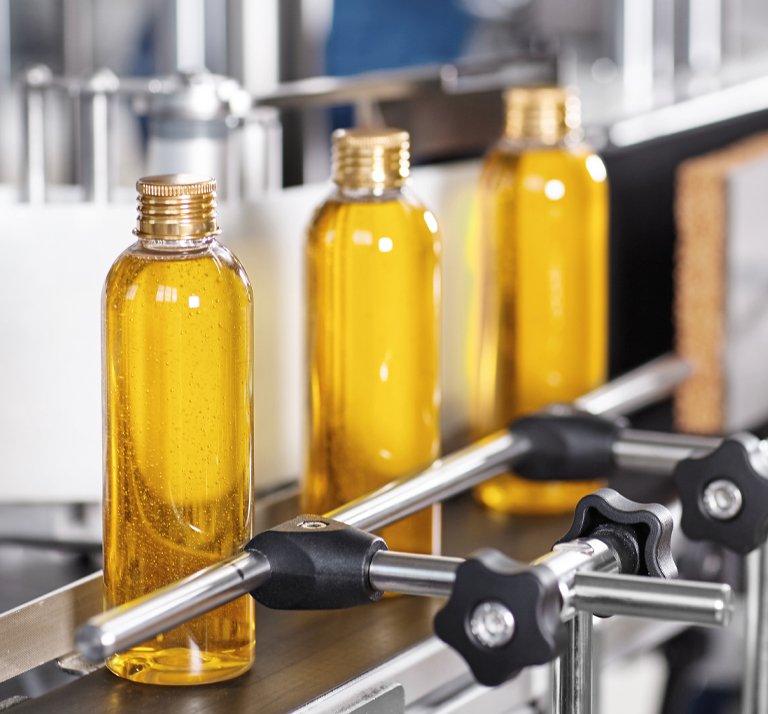Once upon a time, CBD isolate was surrounded by all its other cannabinoid friends, but now it’s between 99.9% and 100% alone. At the same time, CBD isolate has a lot of important work to do and I, for one, like to believe that having such a purpose makes it satisfying to be so singular. In this article, we’re going to cover how you can use CBD isolate, how it compares with other types of CBD, and even how it’s made. But first, a story.
The Life & Times of CBD
China. 2737 B.C. Shen Neng, referred to as the “Mystical Emperor,” starts prescribing cannabis tea for the treatment of gout, rheumatism, malaria, and, oddly enough, poor memory.
Yet here we’ve fallen into the all-too-common rut of thinking of cannabis and CBD as the same. While cannabidiol, one of many cannabinoids, exists in the cannabis plant, so does THC in really high amounts — and that’s not what we’re here to talk about at all. See, CBD’s story really doesn’t start until 1942, when a biochemist named Roger Adams first successfully isolated cannabidiol, the first cannabinoid to be separated and synthesized from the hemp plant, a low-THC version of the cannabis plant.
It wasn’t until 1980 that the research of Dr. Raphael Mechoulam yielded paradigm-shifting results about the power of CBD isolate: he figured out that it has a measurable, repeatable impact on people suffering from seizures.
Sadly, the work wasn’t widely publicized. Public opinion at the time was still very anti-cannabis, and even though we’re talking about two totally different things here, the reputation of one plant loomed over the positive possibility of one of its parts.
This all changed in 2012 when a mother, looking for a way she could to help her daughter, gave CBD a chance. The daughter was Charlotte Figi. She had her first seizure at 3 months old, and by the time she was 6, she experienced 300 a week. With the use of CBD, those seizures stopped almost immediately, dropping to two or three a month.
Her story captivated us. It even captivated the U.S. government and pharmaceutical manufacturers. In 2018, the FDA approved Epidiolex for the treatment of two rare forms of epilepsy. The active ingredient?
CBD isolate.
CBD Isolate vs. Full Spectrum
You might have heard the term full spectrum thrown around the office, or wherever it is you hear things these days. It sounds pretty great, right? Why wouldn’t you want to be full spectrum?
Well, that depends. Full spectrum CBD and CBD isolate come from the same place: the hemp plant.
Full spectrum CBD oil is extracted directly from the plant matter and put into products, like lovely tinctures and gummies. It brings with it all the cannabinoids and terpenes the hemp plant has to offer.
This means two things: an earthy flavor and a small amount of THC. By law, the hemp plant contains, at most, 0.3% THC. This is what classifies it as a hemp plant rather than marijuana, which has a much higher THC content. While 0.3% THC is still too low to be intoxicating, there are still many people who don’t want to ingest this psychoactive cannabinoid at all.
CBD isolate oil is quite different, though. It takes just one of those cannabinoids — cannabidiol — distills it and purifies it.
Not only is the effect of CBD then more focused with an isolate, but it also doesn’t have the plant-matter taste that you might not like from a product with full spectrum CBD in it. This is especially attractive when it comes to vape liquids.
CBD isolate can also be attractive if your work requires drug tests. Even though CBD is federally legal across all 50 states and you can purchase products that contain it in chain stores, that tiny amount of THC could, in theory, come back and bite you.
Make sure to check the label of your CBD product if this is a concern.
Here’s How to Vape CBD Isolate
There are a couple of really great ways to enjoy CBD isolate in a vape. It depends on what type of experience you’re looking to have, and how much control you want over flavor and potency.
If you’re curious about how much CBD isolate per mL a certain product has, you can always check a company’s lab reports. Any trustworthy brand is going to have one for each product, and you’ll be able to see exactly which, and how much, cannabinoids are in each one in a moment.
As far as delivery systems go, you can break up your vaping options into two categories: disposable and reusable.
There are a lot of great disposable vape pens out there, but it can be sort of hard to find one that contains only CBD isolate (even ours here use a proprietary blend of terpenes and cannabinoids). Thing is, they’re convenient. If you want supreme mellow, right out of the box, this is the option for you.
The other option is to procure your own vape kit. This is essentially the machine that opens up the doors to any flavor, any concentration, any mix of ingredients you’d like to put together. If this is more your bag, I recommend checking the temperature settings of the MOD you’re looking into.
A lot of vape pens and vaporizers are calibrated for higher temperatures than CBD oil requires. See, a lot of e-liquids need that higher temperature to vaporize completely, but when CBD oils hit that same temperature they burn. We designed ours to work at temperatures that ensure the very best CBD vaping experience available.
Now, How Much CBD Isolate Should I Take?
Everybody is different.
A lot of the obvious factors, like body mass index and metabolism, play a part.
So does bioavailability. Depending on how you use CBD isolate, the amount of CBD your body absorbs will differ. What I mean by that is, if you were to take a tincture by dropping some under your tongue, you’d be absorbing a higher percentage of the CBD than you would if you consumed the same amount blended into an edible or capsule … but, the CBD in the capsule will take effect over a long period of time.
Take these factors into account when determining your preference in how to take CBD isolate. As with anything worth getting good at, honing in on your preferred method of enjoying CBD may take practice.
Wondering How to Make CBD Isolate?
If you’re more of a DYI-type person, or just love nerding out on chemical processing, how CBD isolate is made is pretty interesting. The process starts with a C02 extraction method, which cleanly separates crude CBD oil from our organic hemp, rich in CBD, minor cannabinoids (CBG, CBN, CBC, THC), terpenes, chlorophyll, lipids, and plant waxes.
The next step in isolating CBD is called winterization, and what it does is remove the lipids and plant waxes, while the third step — decarboxylation — converts the CBDA to CBD.
The concentrated CBD is then mixed with a non-polar solvent in a reactor. The solution is heated and cooled to precipitate out pure CBD in crystal form, the same way sugar precipitates out of water when making rock candy. The CBD precipitate is then washed with the same non-polar solvent in the reactor to purify the CBD of anything that isn’t cannabidiol.
The isolate is then placed into a vacuum oven for 48 hours to purge the isolate of all solvents that were used in the isolation process, resulting in 99% pure solvent-free CBD isolate.
CBD isolate is flavorless and odorless, and mixes well with really anything else you can get your hands on. It dissolves easily under the tongue, as well.
If there’s anything else on the subject of CBD isolate that you’re curious about or would like to let us know, don’t be shy. We’re always down for a chat, or to answer any more questions you may have.
For now, stay safe, and thanks for stopping by!



